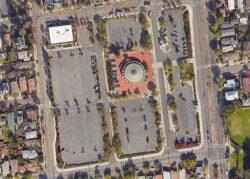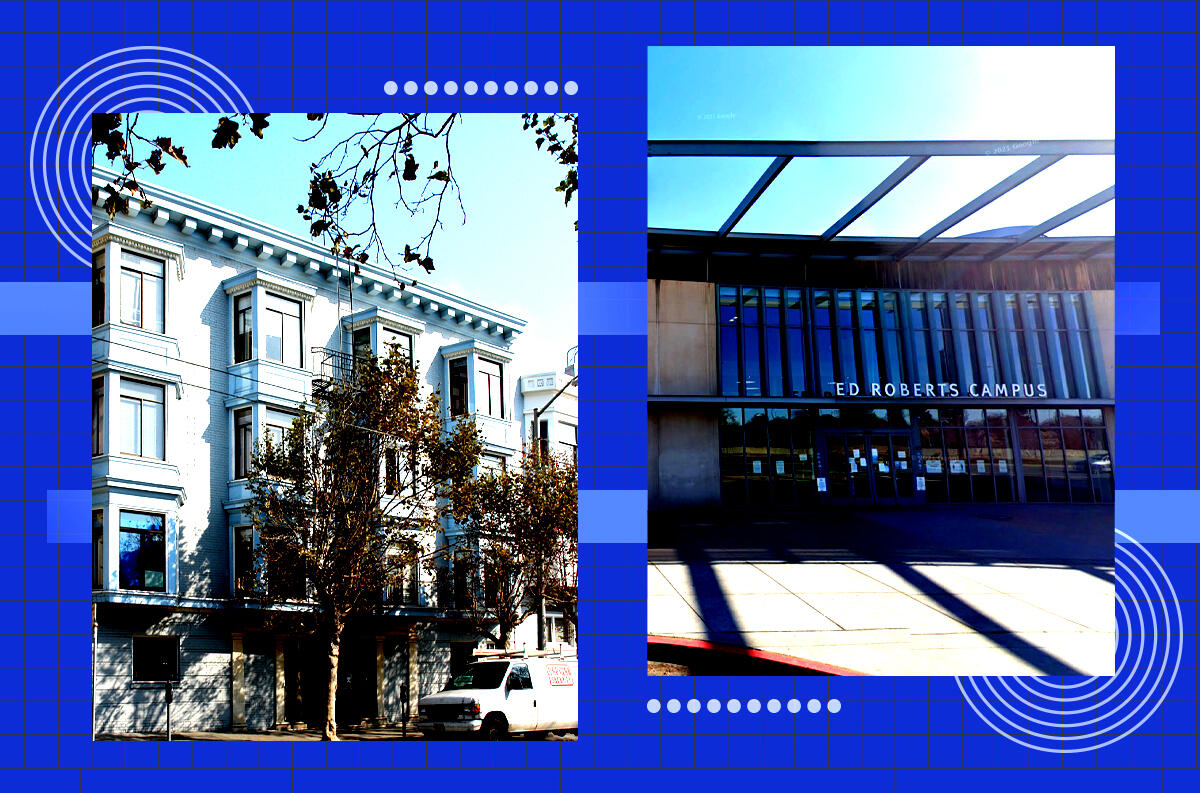Two of Berkeley’s BART stations are being eyed as keys to meeting a state-mandate of adding 9,000 residential units to the city’s housing stock by 2031.
The requirement comes as a part of the Housing Element, a program that sets standards for residential development for local jurisdictions every eight years. Nearly 4,000 of the 9,000 or so units Berkeley is supposed to add in coming years must be considered affordable based on local median incomes.
The city and BART have signed a memorandum of understanding on the use of land at the stations on Ashby Avenue and Sacramento Street, according to an update by the planning commission. The city and the transit agency plan to line up private developers for each site. Plans call for 600 units at each station, with about a third being affordable.
There are 1,928 units of housing with plans approved in Berkeley currently. Projects totaling another 3,128 are in early development stages but not yet approved. That leave a need for for 4,249 more, and the city is considering its downtown area and commercial corridors as potential centers of future development, according to its planning commission
The city also set a goal of “mitigating barriers” for development by providing “timely and coordinated processing of residential and mixed use development projects in order to minimize project holding costs and increase housing supply,” the update said. The processes of enttitlements and permits for housing can vary widely from city to city in the Bay Area and statewide.
City officials also are considering changes to current standards and zoning codes to make it easier to develop more units in a quicker time frame and allow for taller high-rises downtown and faster approvals for small apartment buildings in neighborhoods now mainly made up of single-family homes.
Read more


